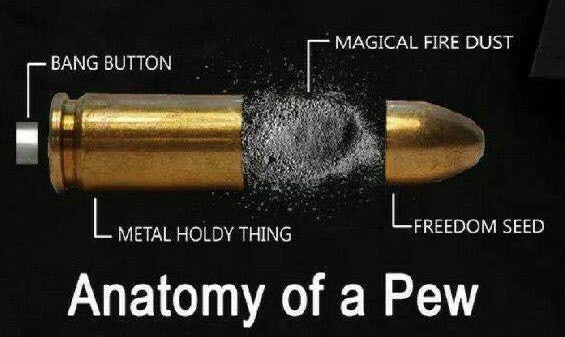A Year of Indoor Hobbies - 2020
The COVID-19 pandemic brought a lot of things to a halt and I spent too much of 2020 indoors. Target shooting is a tough hobby to keep up when you’re trying to stay away from other folks and the gun ranges have been closed down by the same executive orders that closed everything else down.
Susan and I both had the good fortune to be able to work from home, so other than being cut off from most of the world we were doing fine. We tried a lot of indoor hobbies in 2020 - painting, crochet, cooking, and coding. Both Rangefinder and Primary Source Scraper were born out of a need to do something with all that indoor time.
Around April, I decided this was a good opportunity to finally get into reloading. I had recently bought a .45-70 lever action rifle and the ammo I was shooting cost $2/round. .45-70 has a reputation as a versatile and easy to reload cartridge, so I ordered a Lee reloading kit, a Hornady reloading manual, and some powder, primers, and bullets. The startup costs for reloading are always high, but they were particularly high in April 2020. Supply still wasn’t back to normal after the panic-buying that always follows when someone with a platform of banning weapons and ending the online sale of ammunition gets elected to the highest office in the land. On top of that, it seemed like everyone was trying to get into reloading at the same time.
Reloading does not save money in the short term, and I’m skeptical I’ll ever break even (especially if you factor in how long it takes to reload on a single-stage press). It’s still definitely worth my time and money, and I get a little extra enjoyment out of every reloaded round I send downrange. One of my goals to take an animal with a round I’ve personally reloaded - maybe 2021 is the year?
Reloading forced me to learn quite a bit more about how guns work - specifically how cartridges work. I think most people assume the major breakthrough in firearms technology over the last 200 years was automatic (or semi-automatic) operation, but the self-contained brass cartridge is probably a more important invention. In the 1770s a ‘cartridge’ was a load of powder and a musket ball wrapped in paper. These cartridges were prone to all kinds of failure, namely getting wet. They still had to be manually loaded but greatly increased the speed of operating the weapons of the era. Brass cartridges with integrated primers and standardized dimensions allowed for loading rifles at the breech instead of from the muzzle (further reducing time to load), and made cartridges more durable in wet conditions.

So far I have managed not to make too many mistakes in a row. There are a lot more risks to manage when you reload your own ammo, and any deviation in any of the 4 major components of a cartridge can cause dangerous pressures and lead to spontaneous disassembly of your firearm. It pays to have a process with several checks in place so that multiple things have to go wrong before anyone is in any danger. That said, so far I have:
- Lodged a primer in a tool and had to force it out - it did not explode
- Completely loaded 5 cartridges with the wrong powder - and bought a bullet puller when I realized why my scale and powder measure wouldn’t stay calibrated to each other.
- Seated several bullets too deep in the case to be in spec - and fired them anyway because they weren’t loaded anywhere near the maximum powder charge
Just like the 4 rules of firearm safety, you usually have to mess up in more than one way before anyone gets hurt. As long as you’re not working near an open flame it’s a pretty safe hobby.
